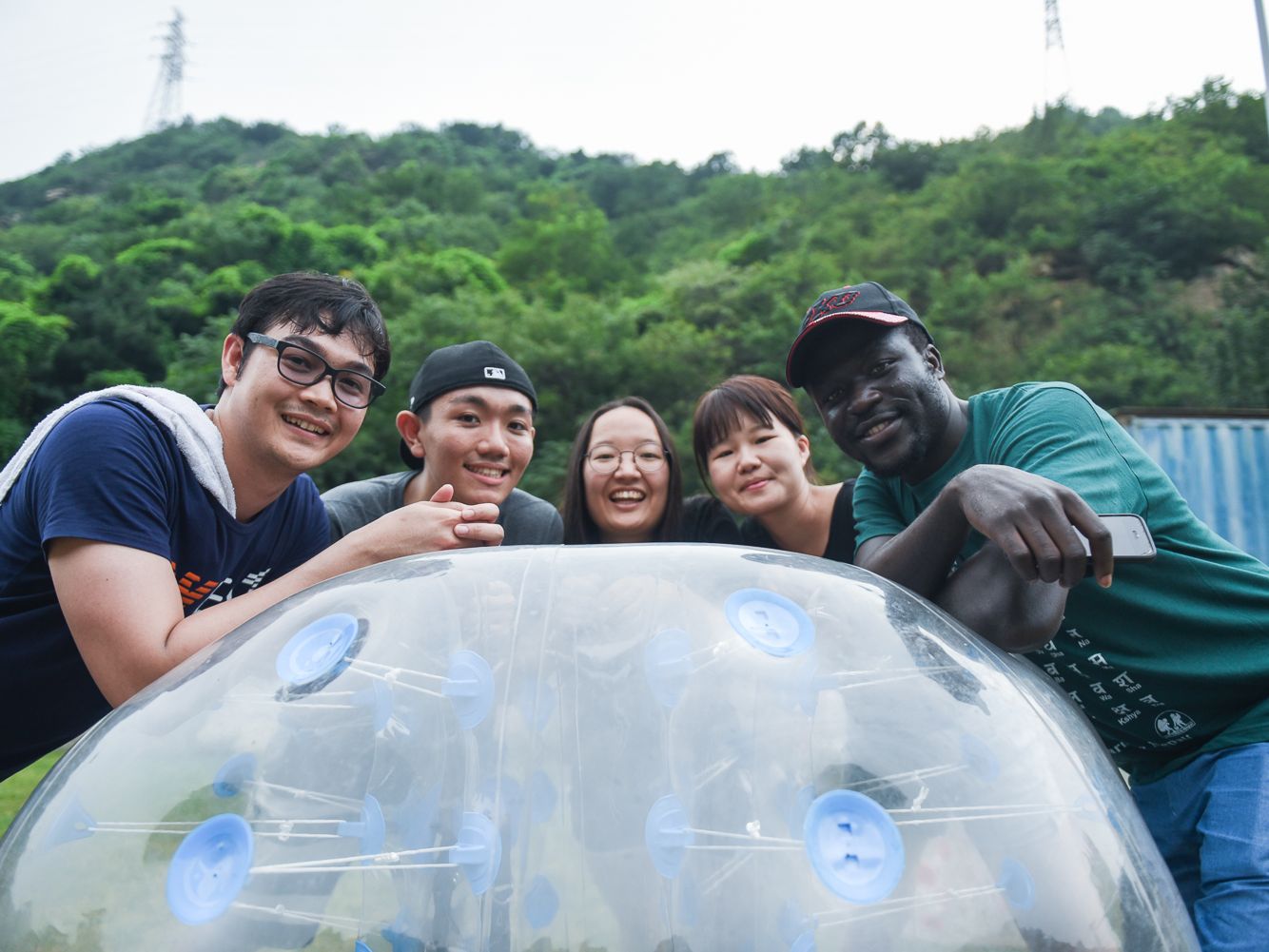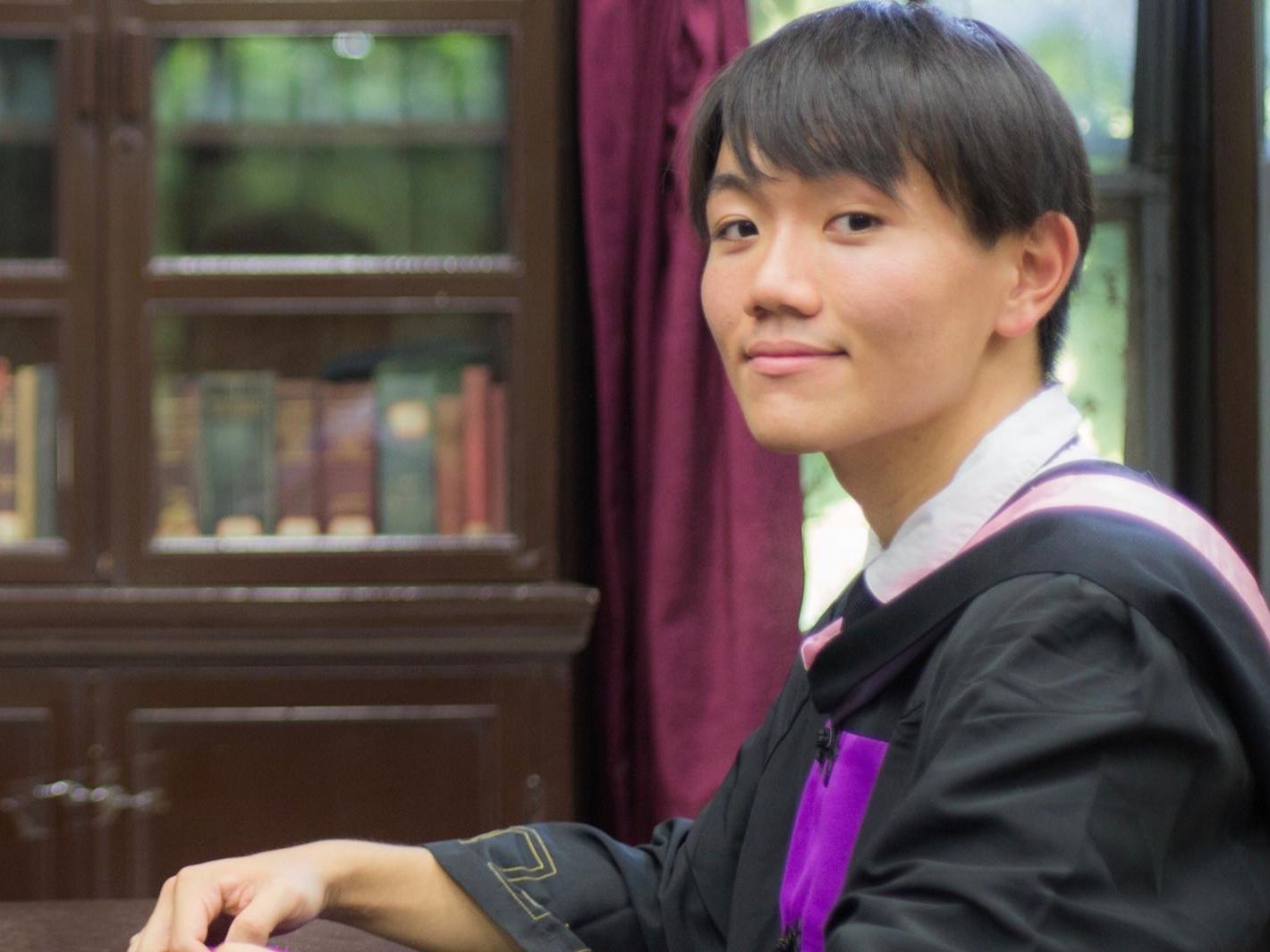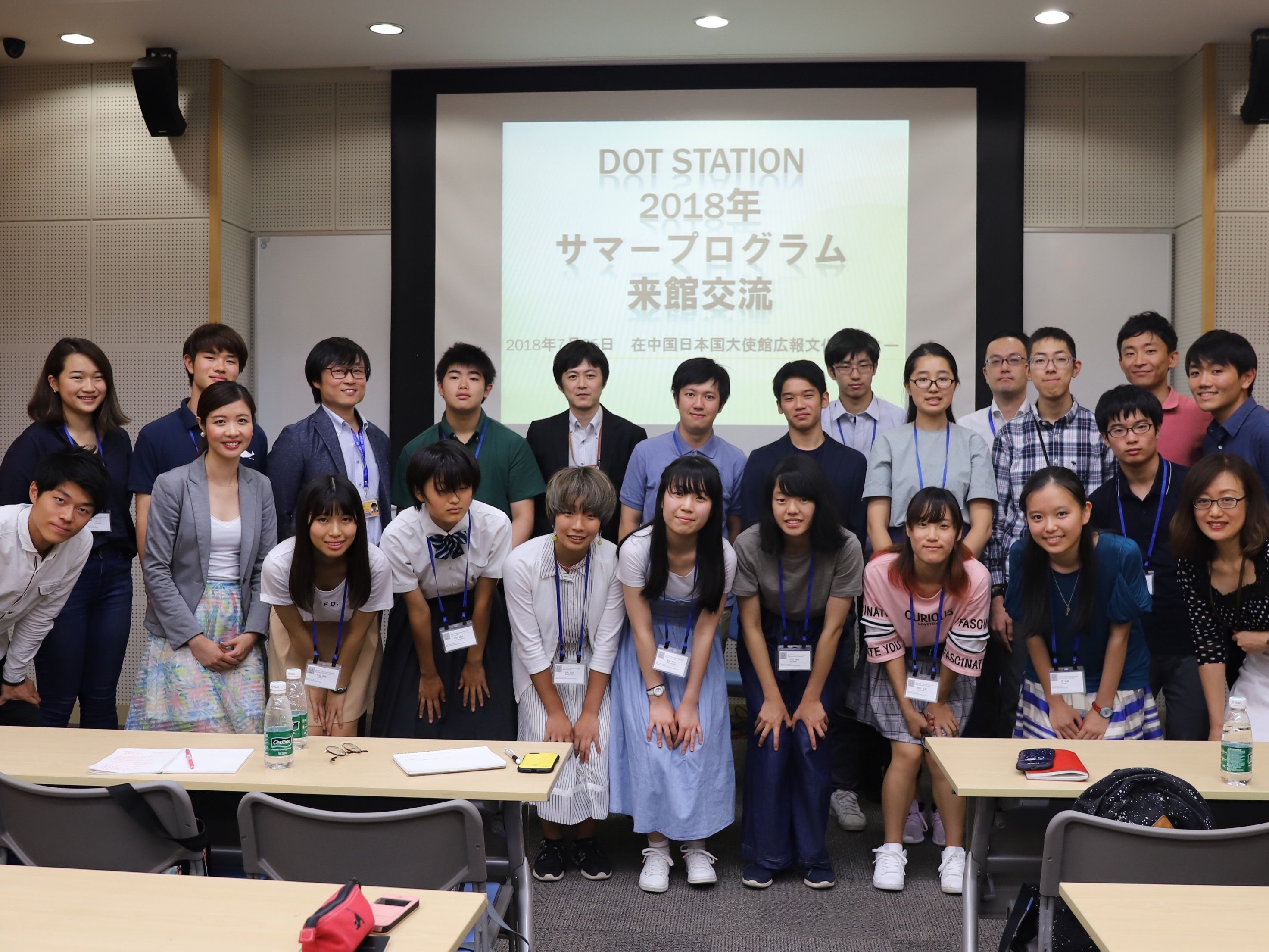Hideo NATSUME is an Bai Xain and MIO Asian Scholar currently pursuing a postgraduate degree in public policy and management at Tsinghua University. Having moved from Japan to China at an early age, he believes that his cross-cultural background allows him to be an effective bridge between the two nations.
While he was an undergraduate student at Tsinghua University, Hideo made an important personal observation: he noticed that Chinese students were fascinated by Japanese culture—its cuisine, manga, and anime—while Japanese students did not always reciprocate this interest, and instead often had limited knowledge of, or even negative views towards China.
“After meeting fellow Tsinghua students who shared my views and observations, I decided that we needed to do something,” says Hideo. “We shouldn’t just let an issue remain an issue. We should take action and try to come up with solutions.” Determined to strengthen Sino-Japanese relations from the bottom up, he launched Dot STATION in 2017, an organization that aims to connect Japanese high school students with China and encourage them to “see China with their own eyes.” During the “Dot STATION Summer Tour 2018 @ Beijing” last year, 16 students from all across Japan had the opportunity to visit various sites in Beijing to learn about China’s technological innovation and entrepreneurship opportunities. One student was so inspired by her experience that she applied to study abroad in China and will soon be a Peking University student.
After completing his master’s degree, Hideo plans to work in both Beijing and Tokyo and hopes to grow Dot STATION by collaborating with more Japanese high schools and expanding the program and its curriculum.
“Although governments might not share common values, we scholars do,” says Hideo, who met many Japanese scholars passionate about embracing diversity during the BXAI Summer Program. “I hope to promote sustainable development among East Asian countries and preserve the commonalities in culture that we have shared throughout history.”



